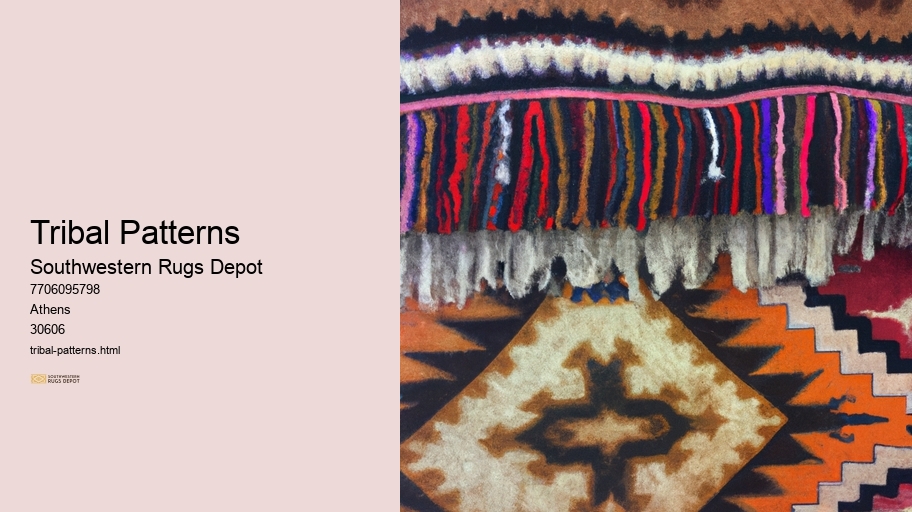Materials Needed for Navajo Weaving
Materials Needed for Navajo Weaving
Navajo weaving is a traditional art form that has been passed down through generations for centuries. It's an intricate and meaningful craft that requires specific materials in order to create beautiful pieces. From the loom and yarn, to dyes and tools, here's what you'll need (to get started) if you'd like to try your hand at Navajo weaving!
First off, you'll need a loom - this is where the magic happens! A simple but sturdy wooden frame will do fine; it should be wide enough so that the finished product won't hang past its edges. You can either purchase one or make your own using woodworking tools (and some patience).
Next up is yarn - which comes in many colors, textures and sizes. Traditionally, wool was used by the Navajo people because of its strength and durability; some weavers still use it today. However, cotton or synthetic fiber yarns are becoming increasingly popular due to their affordability and variety of colors. Pick whichever material suits your taste best!
In addition to these two items, you'll also require some basic tools: scissors for cutting excess threads; needles for sewing together knots; combs for separating strands evenly before weaving; various sized bobbins for keeping track of different colored threads; plus any extra components needed depending on the design or pattern being created. Don't forget about dyes too – vegetable-based dyes work best!
Finally, don’t forget about practice! Weaving is a skill that takes time and effort to master. With perseverance and dedication however, anyone can become an expert weaver! So don't give up – just grab those materials (needed) for Navajo weaving and start experimenting! Who knows? You might surprise yourself with the results!!
